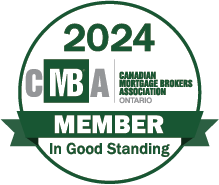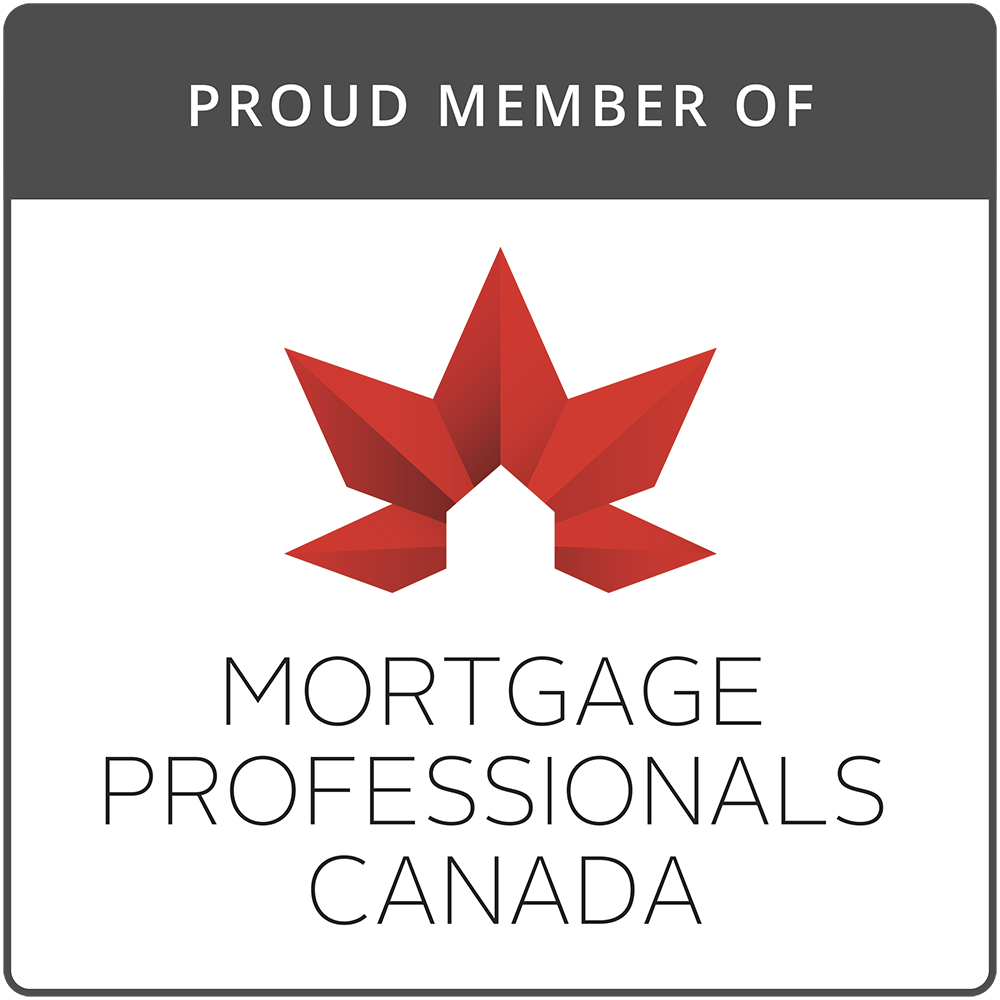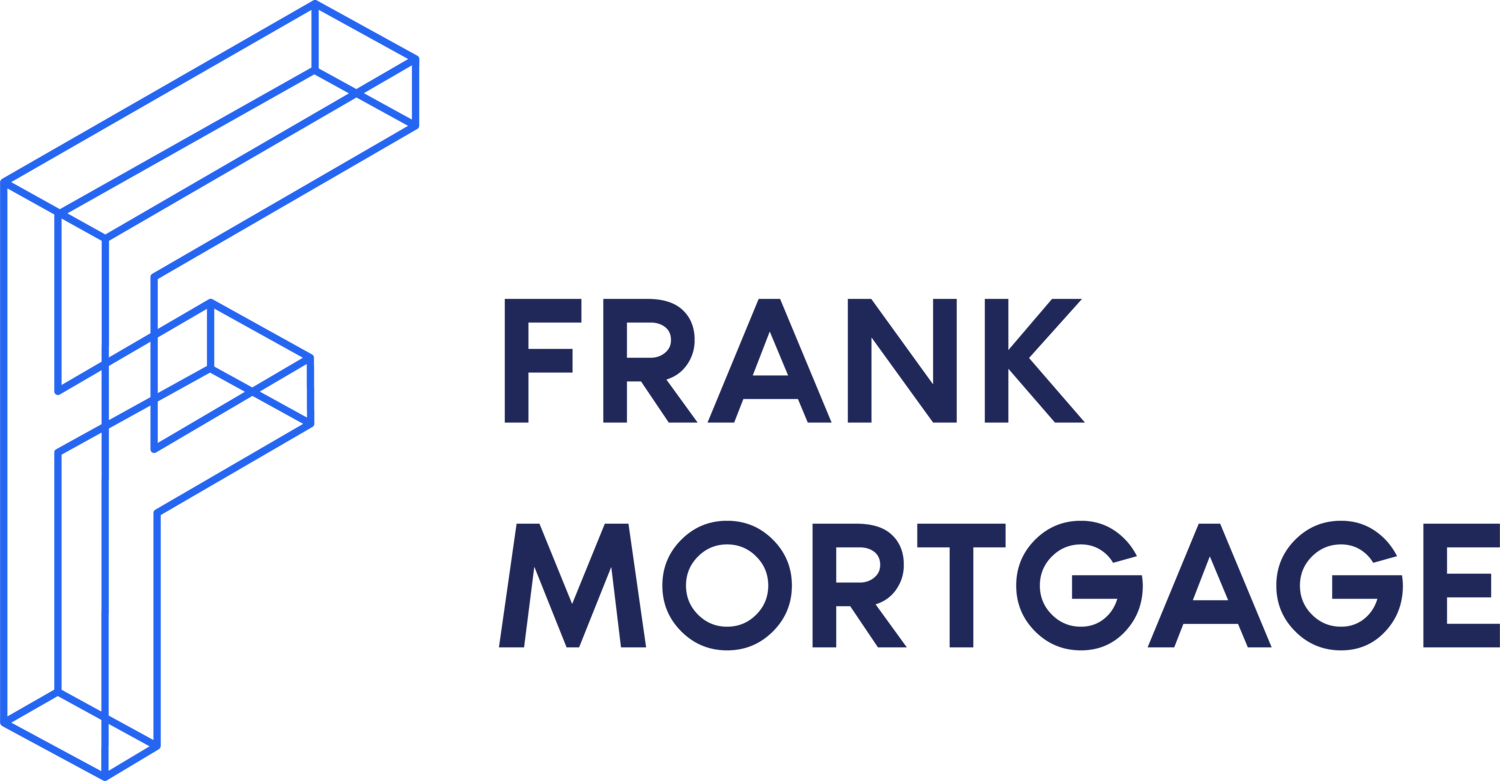What to Do When You Get a Low Appraisal
Updated Strategies for 2025

A low home appraisal can feel like a gut punch, especially when you are trying to close a pre-construction purchase or counting on your home’s equity for a mortgage refinance. Whether you are a homeowner in Toronto, Vancouver, or anywhere else in Canada, market gyrations can present challenges. A lower-than-expected valuation can be an unwelcome surprise that causes your plans to change. We originally wrote about this topic a couple of years ago, but with shifting market conditions and new insights, it is time for an update. Here is your 2025 guide to navigating a low appraisal.
What Are the Steps to Take After Getting a Low Appraisal?
When your appraisal comes in lower than anticipated, don’t panic. While this is not good news, there are practical steps you can take to address it.
Step 1: Review the Appraisal Report Thoroughly
The lender will not likely share the appraisal report with you. But your mortgage broker will have a copy. They should scrutinize it for errors or oversights, examples being incorrect square footage or missed upgrades like a renovated kitchen. Appraisers are human, and mistakes happen. It is also not uncommon for them to miss some good comparables in the market. The solution here is for your mortgage broker to connect with your realtor to find better comparables in the area if the appraiser used poor comps.
Step 2: Appeal the Valuation
If discrepancies are found, your mortgage broker can appeal the appraisal value. This is a formal process where they present evidence to justify a higher valuation. Gather specific documentation like receipts or permits for recent renovations (e.g., a new roof or HVAC system), photos of overlooked features, or data on more relevant comps from your neighbourhood. Hard data can be effective.
Step 3: Make Strategic Home Improvements
If you are looking to refinance an existing property and the appraisal appeal doesn’t pan out and you have time, consider quick, cost-effective upgrades to boost your home’s value before a re-appraisal. Focus on high-impact fixes: a fresh coat of paint (inside and out), updated lighting fixtures, or minor landscaping (trimmed bushes, a tidy lawn). In Canadian markets, appraisers often value functional upgrades like energy-efficient windows or a modernized bathroom over flashy extras like a hot tub. These changes can cost a few hundred to a couple thousand dollars but may lift your appraisal by thousands, especially in competitive areas like the GTA.
Step 4: Increase Your Down Payment
This is the most direct way to address a low appraisal but can be difficult for many. Finding additional down payment funds to close on a new pre-construction purchase, for example, can mean liquidating other assets or seeking gifted funds from relatives. For those that own other properties you may be able to borrow against the equity in those properties to source the additional funds required. There are solutions but going down this path should be considered after you have exhausted other, less expensive options.
The Most Common Mistakes Homeowners Make
When Addressing a Low Appraisal
If you have good advisors, primarily your mortgage broker and realtor, you can try to improve your situation. Avoiding these pitfalls can save you time, money, and frustration. While responding to a low appraisal, avoid the following:
a) Overreacting without reviewing the report
Many homeowners assume the appraiser is wrong without digging into the details. Skipping the review step means missing errors you could easily correct—like an undervalued garage addition in your home.
b) Failing to provide solid evidence for an appeal
Vague complaints like “my house is worth more” won’t cut it. Without concrete proof (e.g., comps from MLS listings or renovation invoices), your reconsideration request is likely to be dismissed.
c) Spending big on low-impact upgrades
Splurging on a luxury pool in a modest neighbourhood might not impress an appraiser if local comps don’t support the added value. Focus on practical, market-aligned improvements instead.
d) Ignoring alternative options too long
Some homeowners fixate on fighting the appraisal, delaying their plans unnecessarily. If time is tight—like covering a tuition payment in Halifax—waiting for a re-appraisal could cost you opportunities. Explore backups early.
How Should Homeowners Adjust Their Financial Plans if The Appraisal is Lower Than Expected?
A low appraisal can shrink your borrowing power, so adaptability is key. First, reassess your goals: if you were planning a major renovation in Ottawa, scale it back to essentials or delay it. Next, rework your budget—cut discretionary spending (e.g., dining out) to free up cash flow. If you are refinancing to consolidate debt, prioritize high-interest balances first and tackle smaller ones later. Consider tapping into savings or liquid assets temporarily or ask family for a short-term loan if feasible. Finally, consult your mortgage broker—we can often find creative solutions, like second mortgages or lines of credit, to keep your plans on track.
For pre-construction buyers, especially those in the GTA and GVA where values are under pressure, the risk of not closing your purchase is the loss of your initial deposit and potential legal exposure if the builder sues. Both of those are to be avoided. Finding the extra down payment funds will help save you from those risks. A successful appraisal appeal can limit the additional funds required so is worth the effort. Taking a long-term view to your real estate investing is important and never more so than when faced with this kind of short-term funding stress.
How Does the Current Market Affect Mortgage Lending, and What Factors Beyond the Appraisal Might Impact Approval?
As of March 2025, Canada’s housing market is navigating post-pandemic shifts, with interest rates stabilizing but affordability pressures lingering in cities like Toronto and Vancouver. While high house prices have moderated in some markets, they remain elevated. Some lenders have tighter criteria, and the mortgage stress test remains a challenge. Given the challenges, a low appraisal would be unwelcome. However, if you have the other key factors for getting a mortgage approval in place you can mitigate the impact. These factors include:
- Credit History: we see far too many potential borrowers with poor credit scores simply due to inattention or negligence when it comes to paying their bills and managing their borrowing. Simple fixes to habits can help you maintain your score above 680 to get the best outcomes when borrowing.
- Income Stability: lenders favor steady, verifiable employment income. Self-employed borrowers face extra hurdles but good financial management and record keeping will help you demonstrate your income to the lender.
- Debt Ratios: higher debt ratios lead to higher debt costs. If you can keep your GDS (Gross Debt Service) ratio below 39% and your TDS (Total Debt Service) ratio below 44% you will get access to the lowest mortgage rates. Higher ratios will result in higher rates and possibly upfront lender fees, depending on the mortgage product. You can quickly calculate your ratios here - gds-tds-calculator.
Work with your financial advisor or mortgage broker to strengthen these areas. Pay down debt, maximize your down payment savings and keep your documents in order to boost approval odds.
Final Thoughts
A low appraisal presents a challenge but there may be solutions. In today’s market, it has never been more important to have great advisors. An appraisal shortfall is one of the cases where good advisors can pay off, by successfully appealing the valuation or finding other solutions. At Frank Mortgage, we regularly help Canadians navigate these bumps. Contact us today to discuss your options, whether it is fighting a low valuation or finding a Plan B that fits your goals. We can be found at www.frankmortgage.com or by calling
1-888-850-1337.
About The Author

Don Scott
Don Scott is the founder of a challenger mortgage brokerage that is focused on improving access to mortgages. We can eliminate traditional biases and market restrictions through the use of technology to deliver a mortgage experience focused on the customer. Frankly, getting a mortgage doesn't have to be stressful.
Related Posts




Mortgage Brokerage Licensed in Ontario (#13204), British Columbia, Alberta, Saskatchewan (#514115), Manitoba, Nova Scotia, Newfoundland & Labrador, and New Brunswick (#230015752).
© Frank Mortgage 2025 | All Rights Reserved


